
How to Use 5v Type C Dc Socket: Examples, Pinouts, and Specs
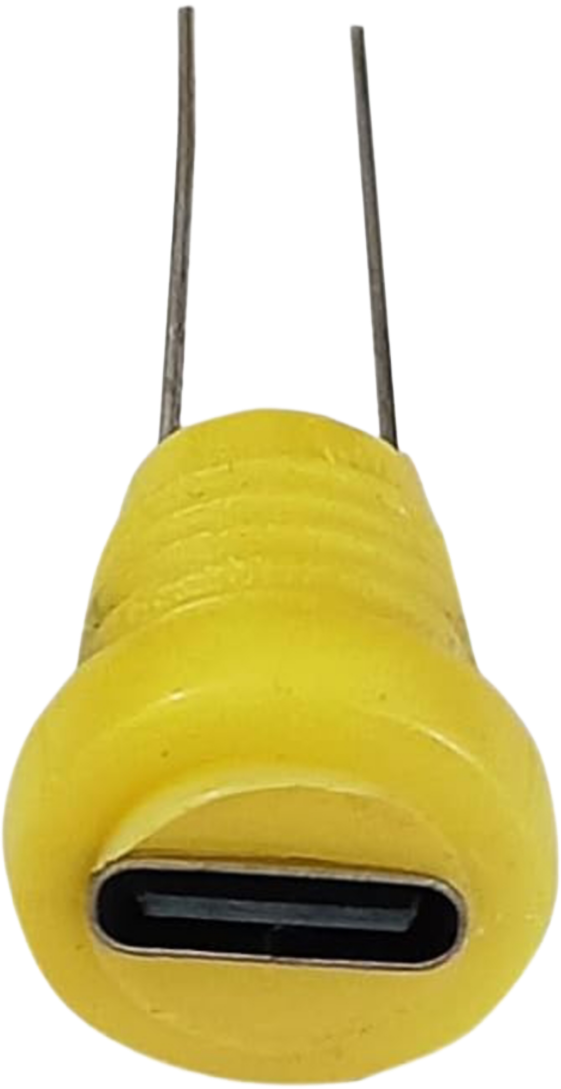
 Design with 5v Type C Dc Socket in Cirkit Designer
Design with 5v Type C Dc Socket in Cirkit DesignerIntroduction
The 5V Type C DC Socket (YP-12345) is a modern power connector designed to interface with USB Type-C power sources. This component is essential for electronic devices that require a 5V DC power input. It is commonly used in portable electronics, embedded systems, and IoT devices due to its compact size and reliability. The Type C connector is reversible, which makes it user-friendly, as it can be inserted in any orientation.
Explore Projects Built with 5v Type C Dc Socket
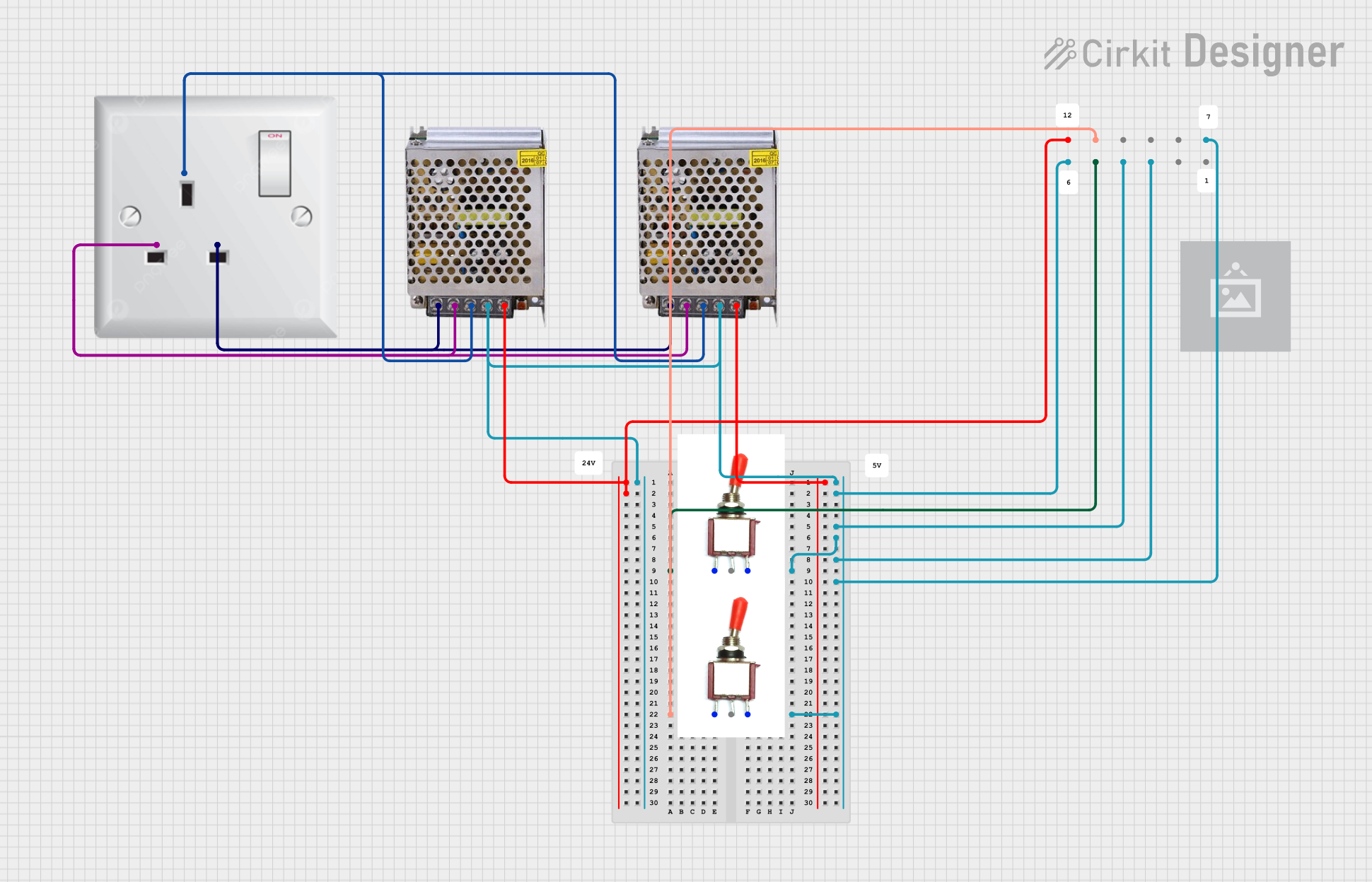
 Open Project in Cirkit Designer
Open Project in Cirkit Designer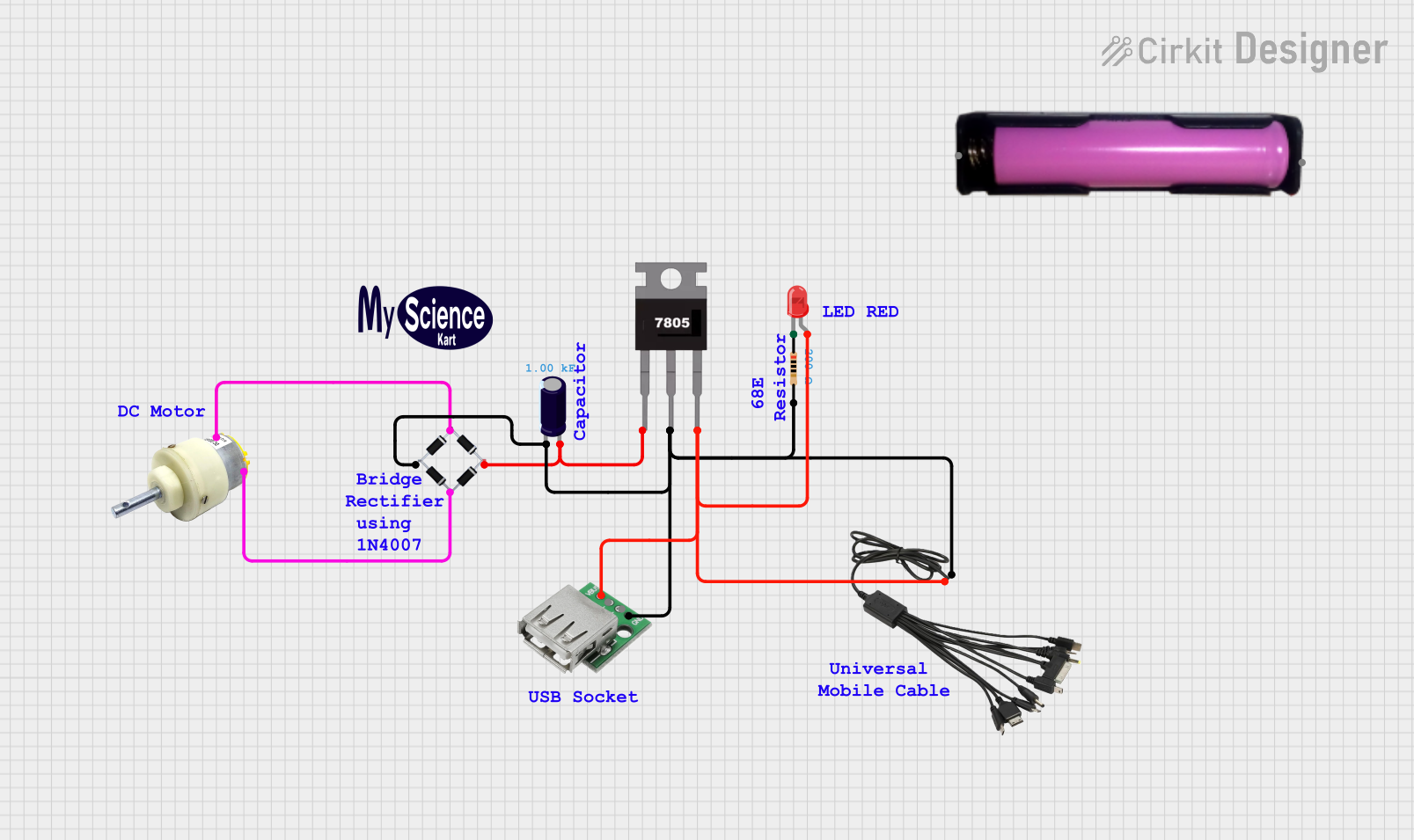
 Open Project in Cirkit Designer
Open Project in Cirkit Designer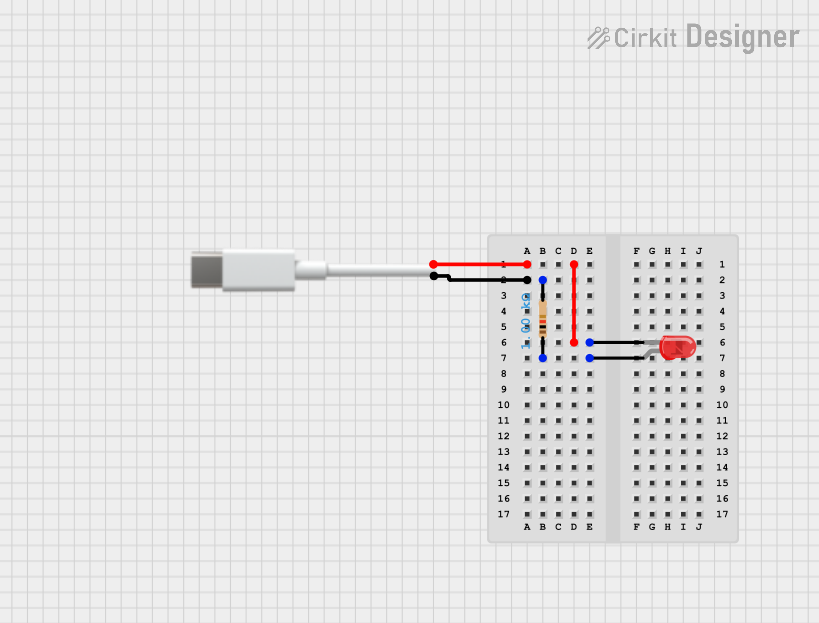
 Open Project in Cirkit Designer
Open Project in Cirkit Designer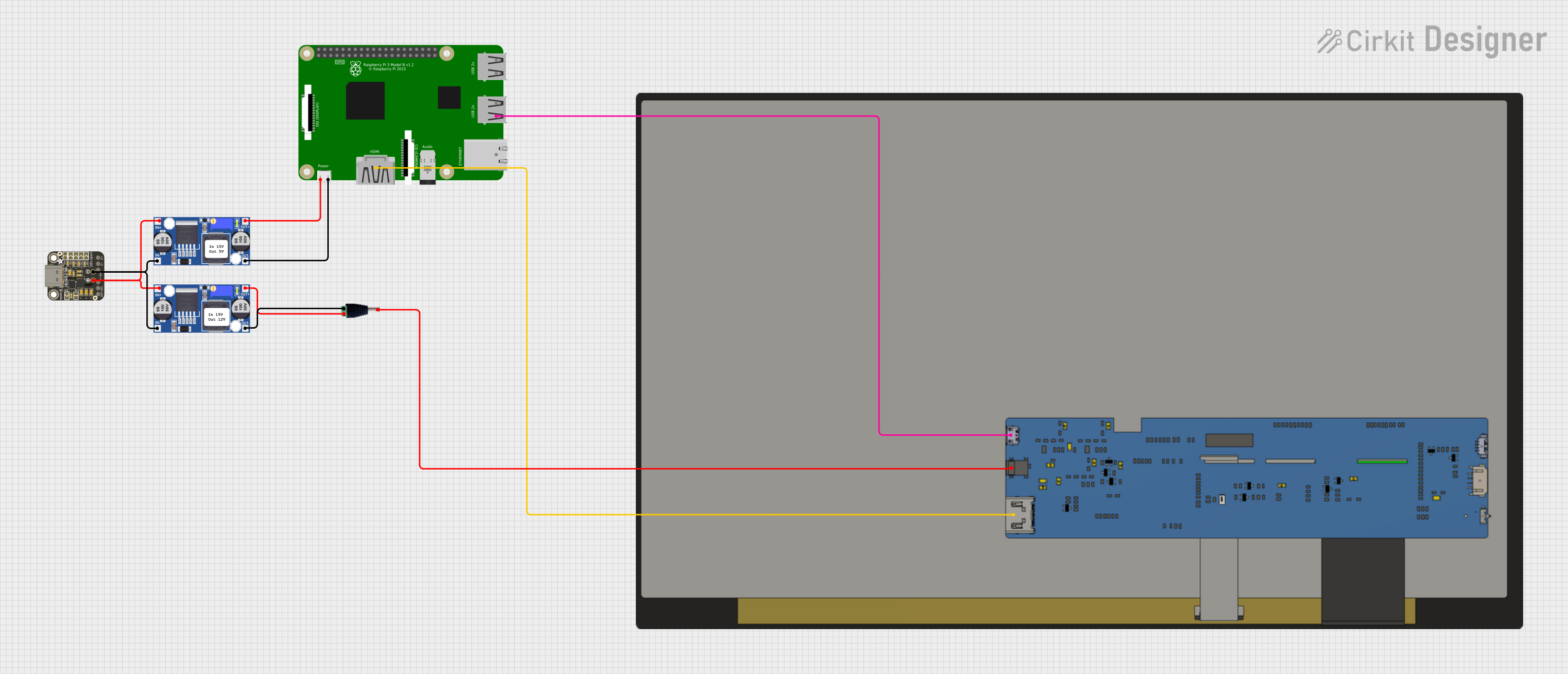
 Open Project in Cirkit Designer
Open Project in Cirkit DesignerExplore Projects Built with 5v Type C Dc Socket

 Open Project in Cirkit Designer
Open Project in Cirkit Designer
 Open Project in Cirkit Designer
Open Project in Cirkit Designer
 Open Project in Cirkit Designer
Open Project in Cirkit Designer
 Open Project in Cirkit Designer
Open Project in Cirkit DesignerCommon Applications and Use Cases
- Charging smartphones, tablets, and other portable devices
- Powering Raspberry Pi or other single-board computers
- Serving as a power input for DIY electronics projects
- Providing power for USB-powered gadgets and accessories
Technical Specifications
Key Technical Details
- Rated Voltage: 5V DC
- Rated Current: Up to 3A
- Operating Temperature: -20°C to 85°C
- Durability: 10,000 cycles
- Compliance: USB Type-C Specification Release 1.1
Pin Configuration and Descriptions
| Pin Number | Description | Notes |
|---|---|---|
| 1 | VBUS (5V) | Power delivery (positive) |
| 2 | CC1 | Channel configuration pin |
| 3 | D- | USB 2.0 differential pair |
| 4 | D+ | USB 2.0 differential pair |
| 5 | SBU1 | Sideband use |
| 6 | VBUS (5V) | Power delivery (positive) |
| 7 | GND | Ground (negative) |
| 8 | GND | Ground (negative) |
| 9 | CC2 | Channel configuration pin |
| 10 | SBU2 | Sideband use |
Note: The Type C connector has more pins, but only the relevant power and ground pins are listed for this application.
Usage Instructions
How to Use the Component in a Circuit
- Power Connection: Connect the VBUS pin to the positive terminal of your power source and the GND pin to the negative terminal.
- Data Connection (if applicable): If data transfer is required, connect the D+ and D- pins to the appropriate data lines on your device.
- Mounting: Secure the socket onto your PCB or enclosure, ensuring a stable and reliable connection.
Important Considerations and Best Practices
- Voltage Regulation: Ensure that the power source does not exceed the 5V rating to prevent damage.
- Current Limiting: Incorporate a fuse or current-limiting resistor to protect against overcurrent conditions.
- Cable Quality: Use high-quality USB Type-C cables to ensure stable power delivery and data transfer.
- PCB Design: Follow the manufacturer's footprint and soldering guidelines for PCB mounting.
Troubleshooting and FAQs
Common Issues
- No Power: Check the cable and connections for any signs of damage or loose contacts.
- Intermittent Connection: Inspect the socket for debris or damage. Ensure the USB Type-C plug is fully inserted.
- Overheating: Ensure that the current draw does not exceed the rated 3A limit.
Solutions and Tips for Troubleshooting
- Secure Connections: Double-check solder joints and wiring for any potential faults.
- Cable Replacement: Try a different USB Type-C cable to rule out cable issues.
- Power Source Verification: Use a multimeter to verify that the power source is delivering 5V as expected.
FAQs
Q: Can I use this socket for data transfer? A: Yes, the socket supports USB 2.0 data transfer using the D+ and D- pins.
Q: Is this socket compatible with USB PD (Power Delivery)? A: The socket supports up to 3A of current, which is within the USB PD specification for certain power profiles. However, full USB PD compatibility requires additional circuitry for power negotiation.
Q: How do I mount this socket onto a PCB? A: Follow the footprint and soldering guidelines provided by the manufacturer, YP, for the part ID 12345.
Q: What is the durability of this socket? A: The socket is rated for 10,000 insertion/removal cycles.
Example Code for Arduino UNO
// Example code to power an Arduino UNO through the 5V Type C DC Socket (YP-12345)
void setup() {
// Initialize digital pin LED_BUILTIN as an output.
pinMode(LED_BUILTIN, OUTPUT);
}
void loop() {
// Turn the LED on (HIGH is the voltage level)
digitalWrite(LED_BUILTIN, HIGH);
// Wait for a second
delay(1000);
// Turn the LED off by making the voltage LOW
digitalWrite(LED_BUILTIN, LOW);
// Wait for a second
delay(1000);
}
// Note: This code assumes that the Arduino UNO is powered through the 5V pin
// using the 5V Type C DC Socket. Ensure that the power supply connected to the
// socket does not exceed 5V and 3A to avoid damaging the Arduino UNO.
Please note that the example code provided is a simple blink sketch to demonstrate powering an Arduino UNO through the 5V Type C DC Socket. It does not involve USB data transfer capabilities of the socket.